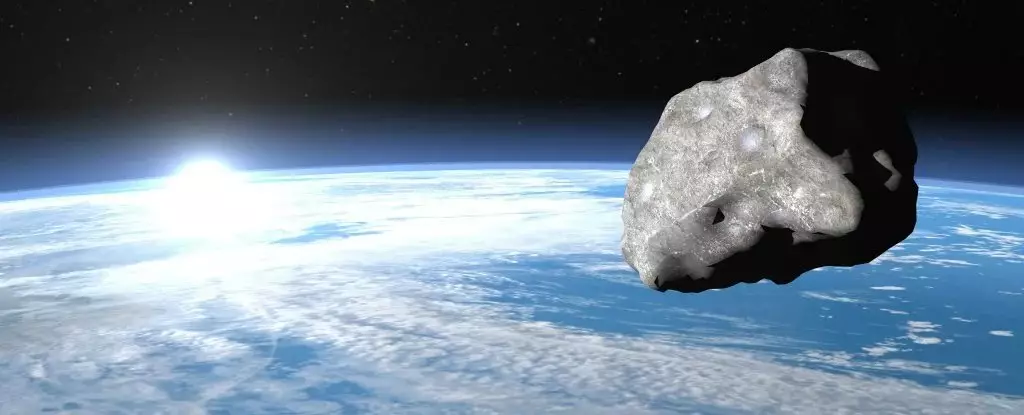Two rare asteroids are set to zoom past Earth within hours of each other this week. These space rocks have been labeled as “potentially hazardous” due to their size and trajectory. Despite this classification, there is no immediate threat to Earth. Both asteroids will safely pass by at high speeds, with a zero percent chance of collision with our planet, according to the European Space Agency.
Visibility and Tracking
While these asteroids will not be visible to the naked eye, they may be spotted using a telescope or binoculars. Gianluca Masi, an astrophysicist and founder of The Virtual Telescope Project, mentioned that the asteroids can be observed through live streams hosted by the project. One asteroid, (415029) 2011 UL21, is slated to pass by on Thursday, June 27, while the other asteroid, 2024 MK, will fly by on Saturday, June 29.
Asteroid (415029) 2011 UL21 is one of the largest asteroids that has recently passed close to Earth. With an estimated diameter of approximately 1.4 miles, this mountain-sized space rock is larger than 99% of all known near-Earth objects. It falls into the category of “planet killers,” which are asteroids at least 1.2 miles wide. The effects of such asteroids colliding with Earth could be catastrophic, causing damage on a continental scale and potentially triggering significant climatic changes.
Despite its size and classification, asteroid 2011 UL21 will pass at a safe distance of more than 4 million miles from Earth, which is 17 times farther than the distance between Earth and the moon. While the fly-by is significant due to its size, it poses no immediate danger to our planet.
Asteroid 2024 MK was recently discovered, just days before its close approach to Earth. It is much smaller than 2011 UL21, with an estimated diameter ranging between 390 and 885 feet. Although it is smaller in size, this asteroid is expected to be quite bright as it comes within 184,000 miles of Earth, approximately 77% of the average distance between the Earth and the moon. Its close proximity will make it one of the brightest objects of its kind observed in recent times.
While the passing of these two rare asteroids may sound alarming due to their classification as potentially hazardous, there is no immediate cause for concern. Both asteroids will safely fly by Earth, providing astronomers and space enthusiasts with a unique opportunity to observe and track these fascinating cosmic events.


Leave a Reply